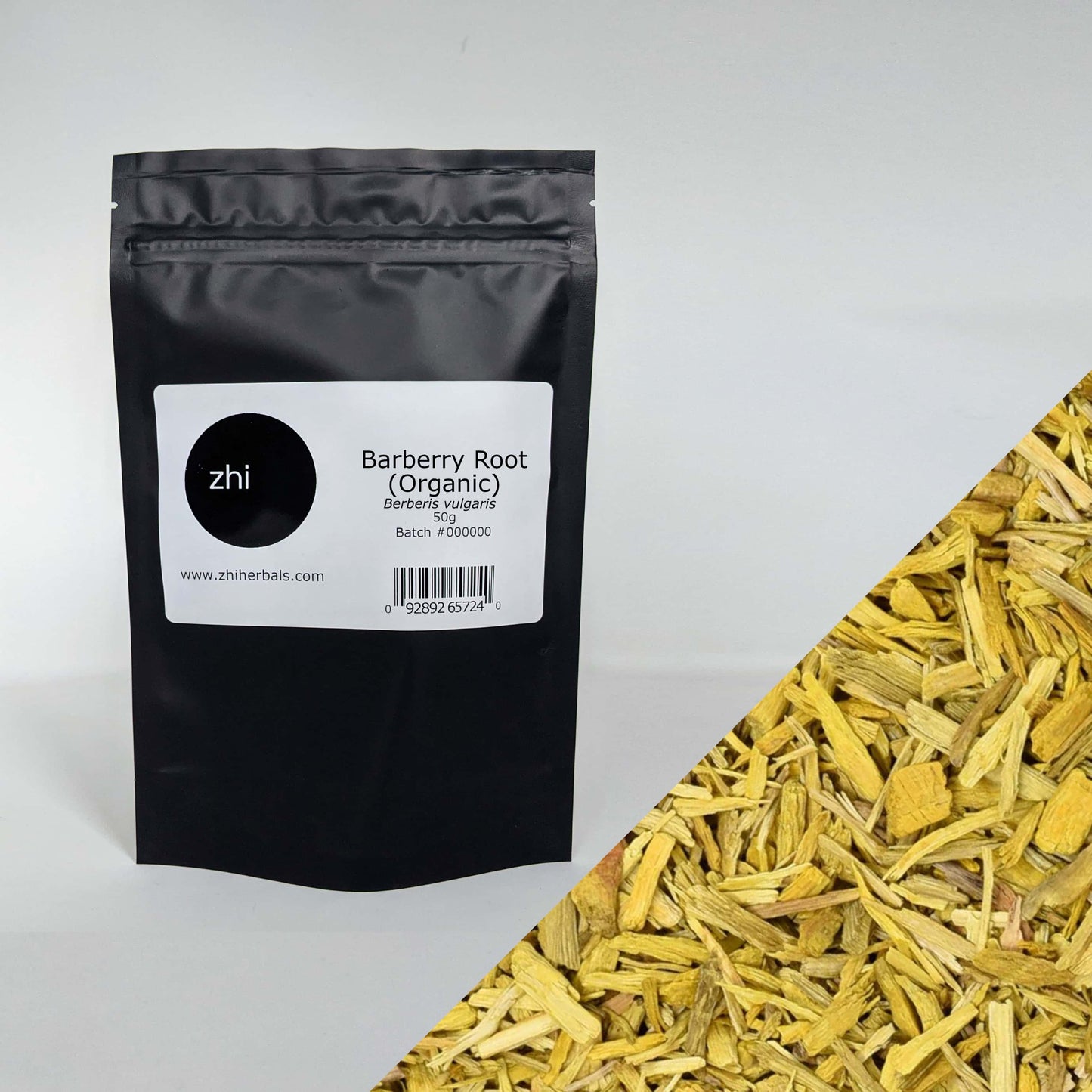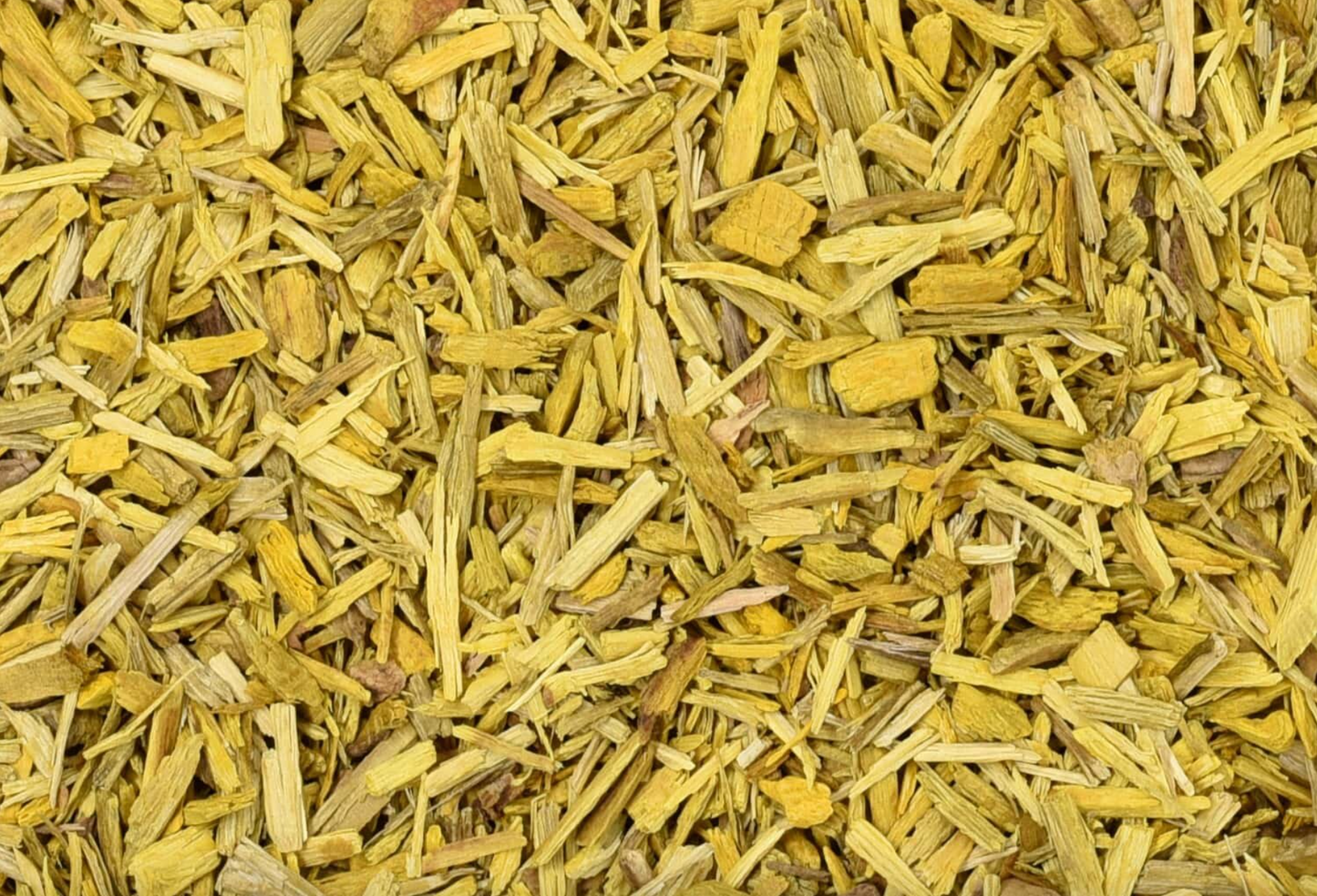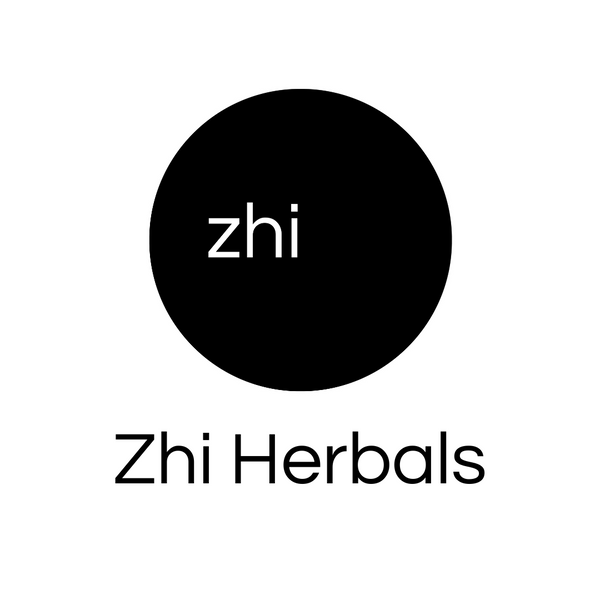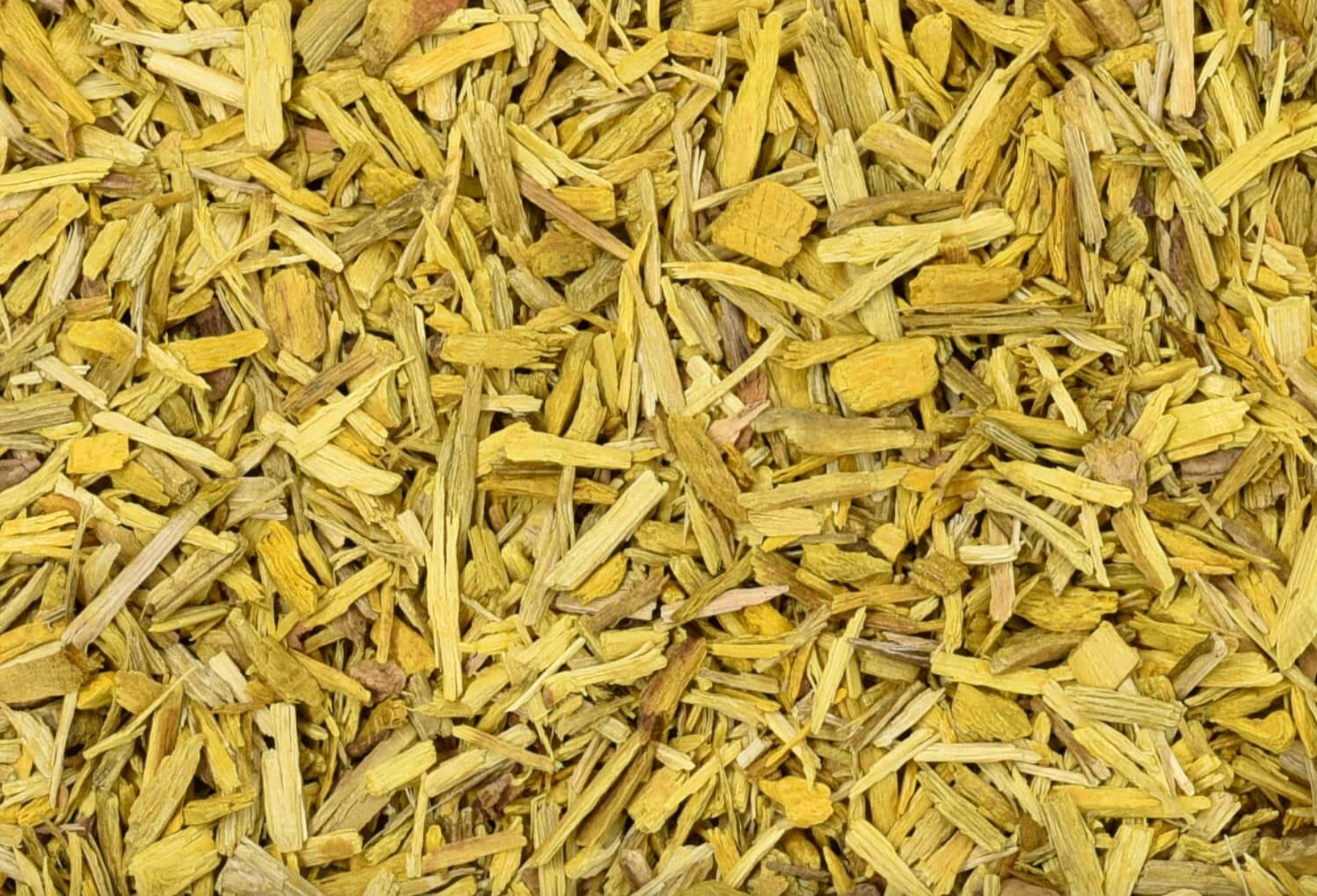Zhi Herbals
Barberry Root (Organic)
Barberry Root (Organic)
Couldn't load pickup availability
Common Name
Barberry Root, European Barberry, Jaundice Berry, Pepperidge Bush, Berberis
Latin Name
Berberis vulgaris
Origin
India
What Is Barberry Root?
Barberry is a large shrub that looks alike to Oregon Grape (Mahonia aquifolium), a plant with spiky leaves, bright yellow flowers, and blue berries. Barberry is tall, and grows in many parts of North America, including British Columbia, Nova Scotia and Washington. The root of the bush has berberine, which has many medicinal benefits. The berries are edible and can be used in recipes like jam and jelly.
How to Use Barberry Root (Common Uses)
Barberry root is used as a supplement, tincture, extract, or cream. It can be made as a tea or a decoction, taken in capsules, consumed as a powder, or added to recipes. The taste is very bitter because of tannins, but it is still used in food. Barberry is also used for skin care, and its cream can help with psoriasis and atopic dermatitis.
For more tips on using barberry visit our herbal blog.
Medicinal Uses and Benefits of Barberry Root
Barberry root is full of berberine, which helps the liver, fights infections, and aids digestion. It is used for diarrhea, constipation, and breaking down fat. People take it for diabetes mellitus because it may help with blood sugar.
The berberine in barberry kills bacteria like E. coli and Staphylococcus. It is used for infections, urinary tract problems, and to help manage side effects from some illnesses. It is also used on the skin to help with psoriasis and atopic dermatitis.
Barberry can be used as an anti-inflammatory and may help other herbs work better. The root is also used in medicinal formulas for stomach and skin problems.
Barberry Root vs. Mahonia aquifolium (Oregon Grape)
Both plants have berberine and are used for their health benefits. Oregon Grape is sometimes stronger, but barberry has alike benefits.
Active Constituents in Barberry Root
Isoquinoline alkaloids (berberine, palmatine, berbermine, oxyacanthine, magnoflorine, jatrorrhizine, columbamine), tannins.
Notable Facts About Barberry Root
Barberry grows in North America, Europe, and parts of England.
Its red berries are edible and often used in jam or jelly.
The bush looks like American holly or Mahonia, with sharp leaves and yellow roots.
Some types of barberry are invasive in parts of Canada.
Share




